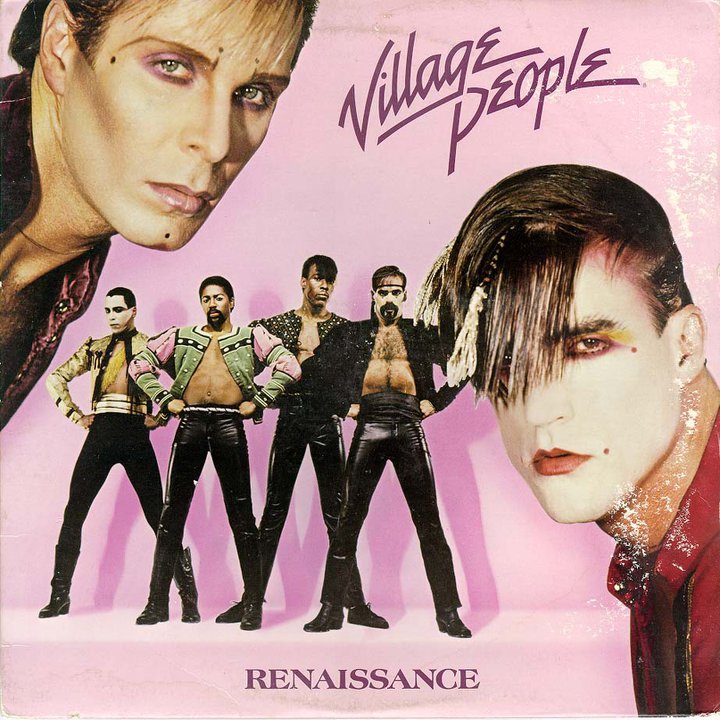Edinburgh Fringe Festival 2023 Wrap Up

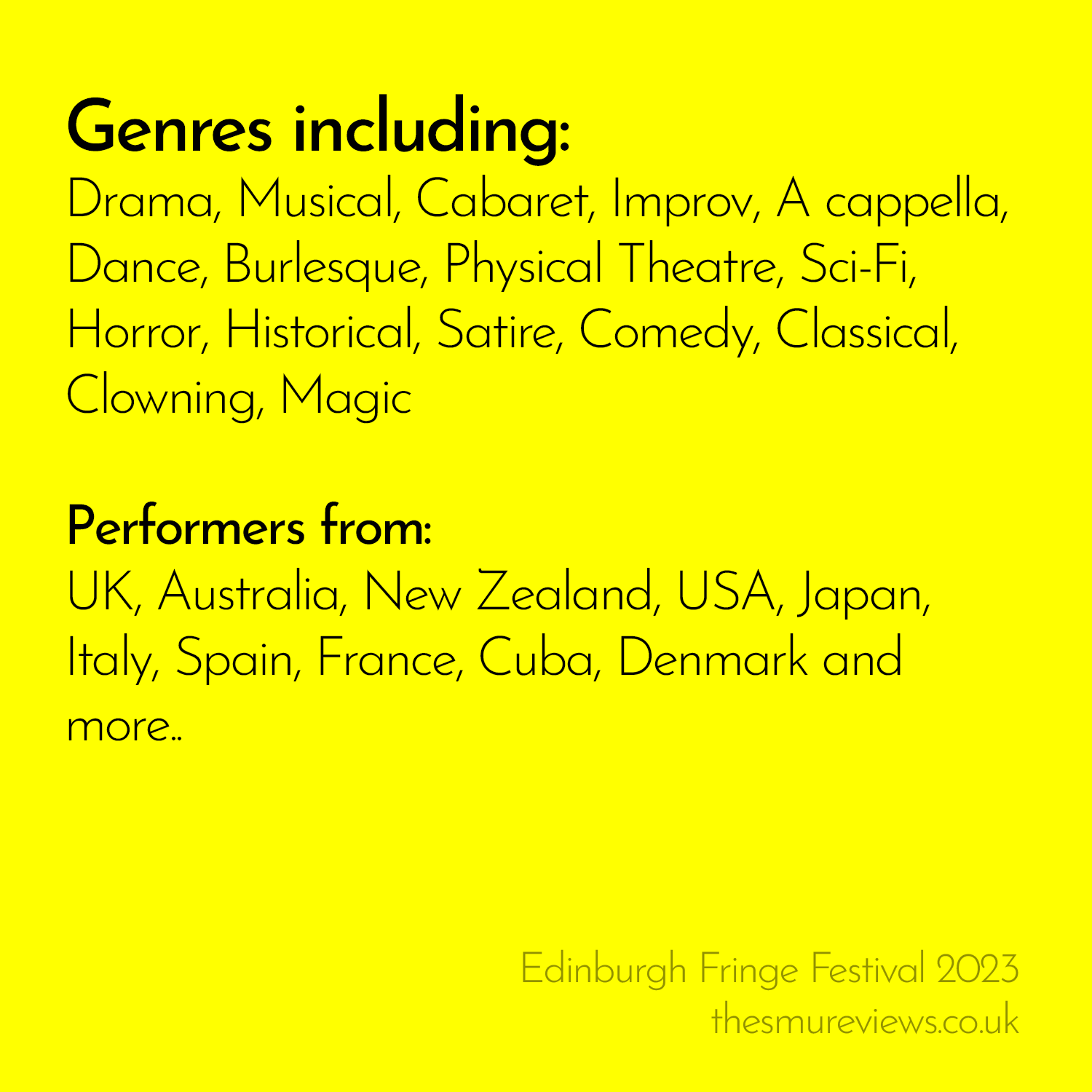

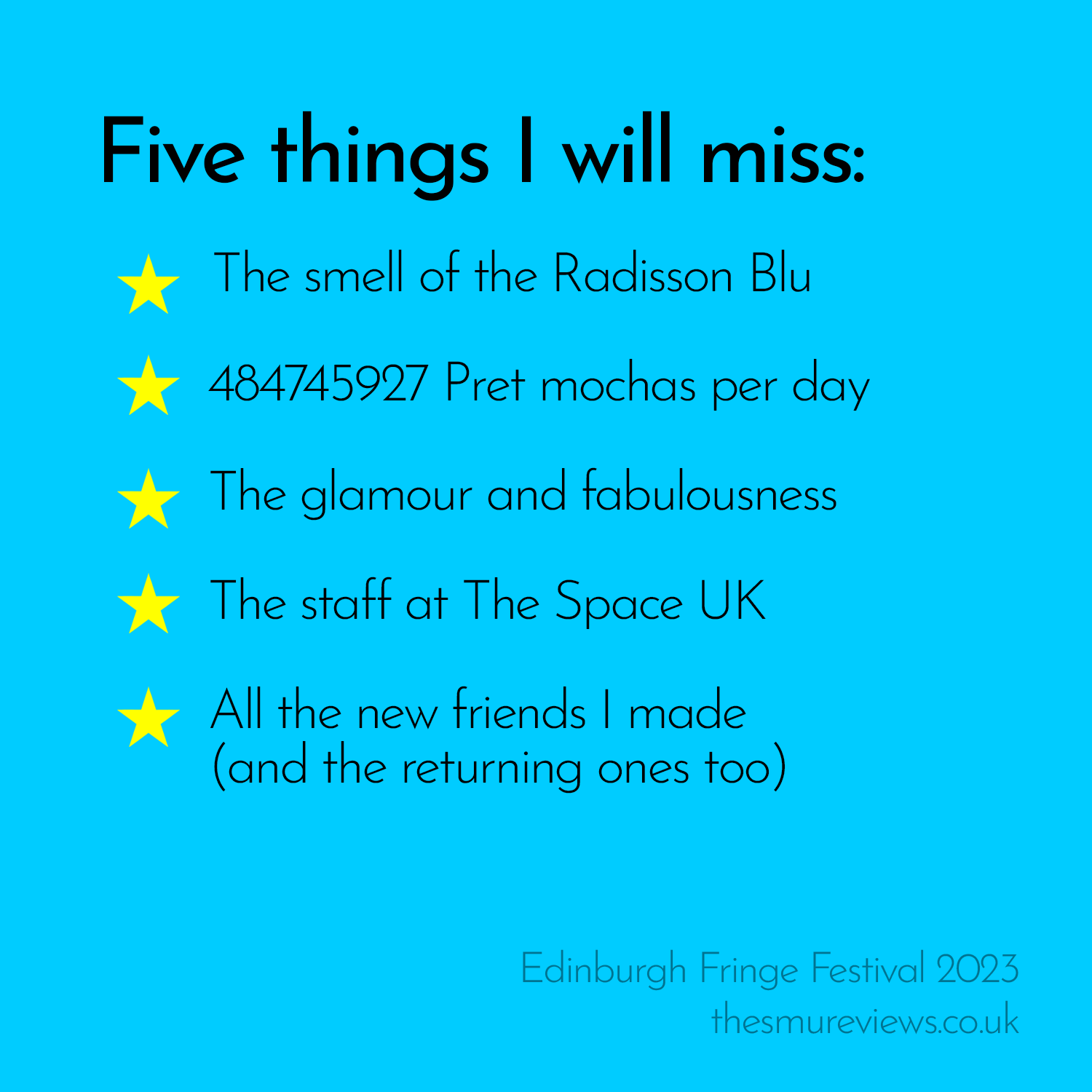

It’s really you but no one ever discovers
Has there ever been a more perfect trip through the infinity mirrors of pop alter-ego than the love letter to Hannah Montana penned by Miley Cyrus this week?
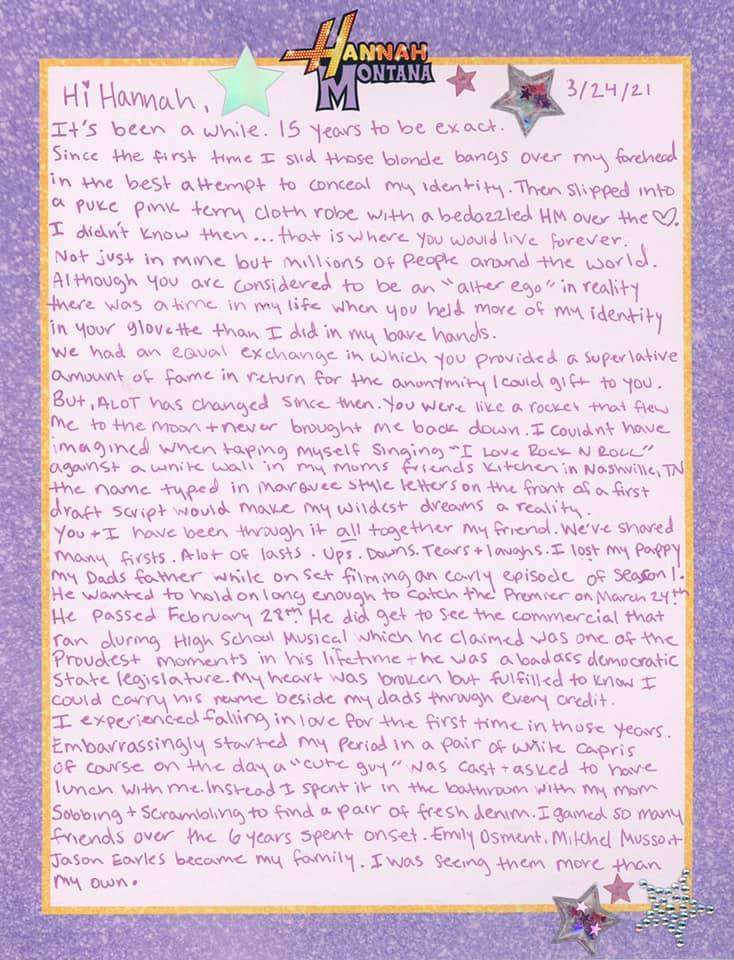
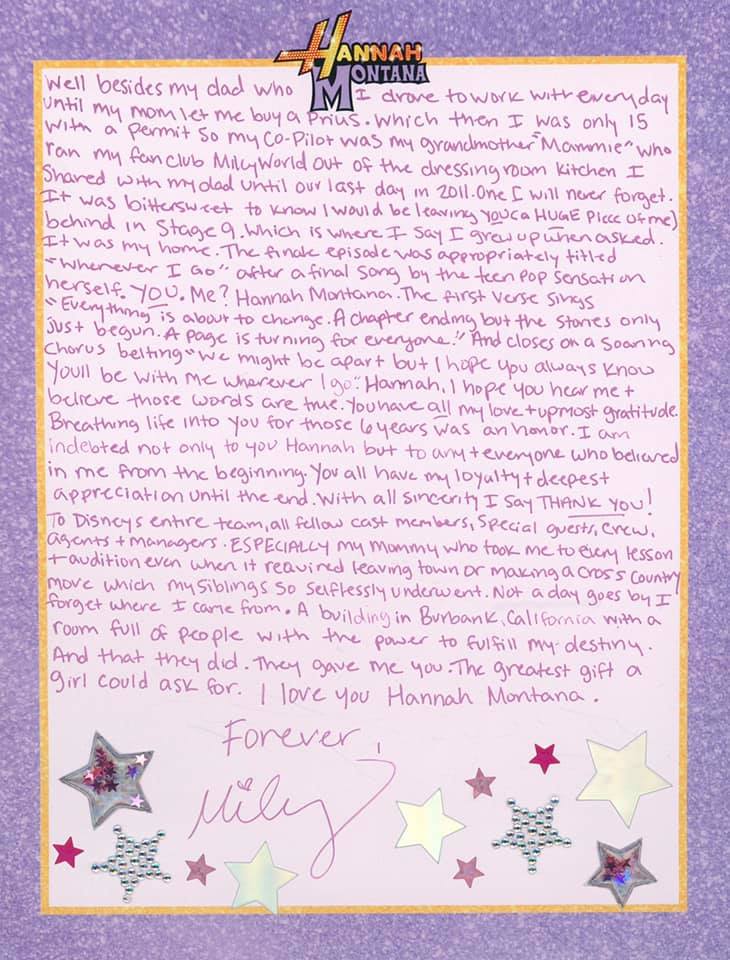
For those who don’t know (how could you not?) Miley made her name on a TV show called Hannah Montana. Hannah was a pop singer, sort of like herself but in a blonde wig. She also played Hannah’s alter ego Miley Stewart, who was sort of like her in other ways. A ‘down to earth’ Texan girl with brown hair who happened to secretly be a pop star.

Miley (Cyrus) spent her formative years playing a version of herself who was also secretly another version of herself whilst also being an actual star herself. At one point she went on a tour billed as starring ‘Hannah Montana & Miley Cyrus’. Confused? You should be. This clip from the show, complete with cameo from Jay Leno, where Hannah finally exposes herself as Miley (Stewart) after a monologue about the importance of being true to yourself is particularly mind-melting.
One can only wonder how living with such inception levels of identity construction would mess with a person’s head, particularly as a teenager. A bit of tongue poking and wrecking ball humping seems like a pretty sane level of rebellion, all things considered. It was obviously somewhat painful extractating herself from the Big Machine (as the lyrics to 2010 track Robot illustrate) but it’s nice to see that Miley has now made peace with her alter-alter-ego and feels as fondly of her as millions of ex-little girls across the world do.
Now, excuse me while I look out my blonde wig and diamante encrusted double denim..

Don’t go in the bushes.
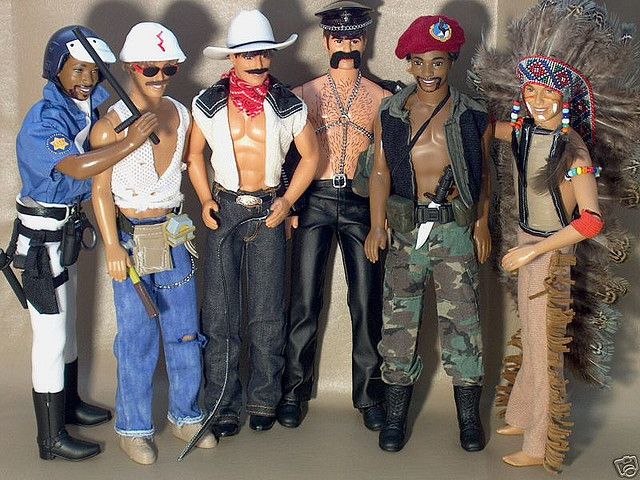
(Everything you never needed to know about the Village People but will be glad I told you anyway.)
I recently stumbled down a Village People related internet rabbit hole, which turned out to be a far more surprising, if much less dirty, experience than you might think. Please enjoy the spoils of my research with this collection of some of the more bizarre facts I uncovered and feel free to memorise them in order to impress everyone around you the next time Macho Man gets played at a family wedding…
The brother of Alex Briley, the original Village People G.I, is thought to be the 911 ‘Falling Man’.
Although the identity of the man seen tragically jumping from the World Trade Centre in Richard Drew’s iconic 2001 photograph has never officially been confirmed, Jonathan Briley, is considered by many to be the most likely candidate. Briley, a 43-year-old sound engineer, worked at Windows on the World, the restaurant at the top of the North Tower which lost seventy-nine of its employees and ninety-one of its customers on September 11. Jonathan physically matched the image of the man in the famous photograph and, according to his siblings Timothy and Gwendolyn, frequently wore similar clothes to work.
The band has had 13 different lineup changes and 23 members to date
With the band being comprised of character roles such as the Cowboy, Biker, Cop and Indian the many lineup changes over the years have been more like the recasting of a never ending stage show, with some members even staying in the band but switching part.
So complex is their member history in fact that someone has already made a graph of it.
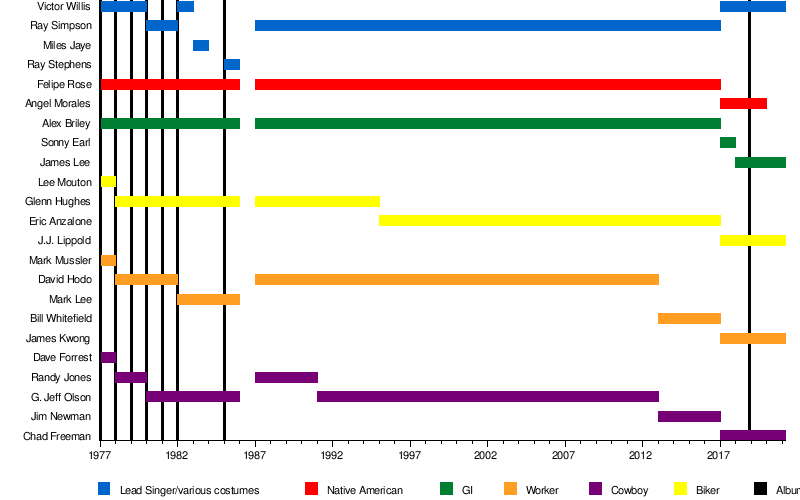
The band are still going today, however Victor Willis is the only member currently performing to represent the classic lineup.
Glenn Hughes was buried in his ‘Leatherman’ costume
Glenn Hughes was a legendary character of the 70s disco scene. Famous for his trademark horseshoe mustache, leather outfit and, in later years, for riding through the streets of New York on his customized Harley-Davidson motorcycle.
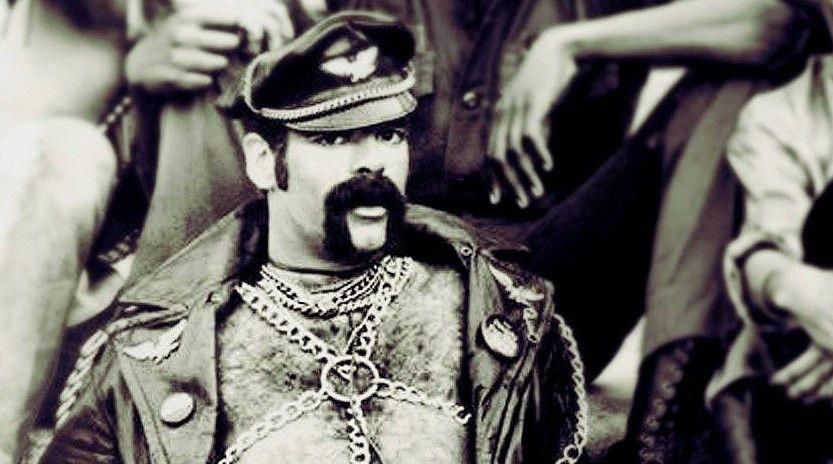
Hughes retired from performing and recording with the band in 1995 however he continued as a partner in Sixuvus, the management company formed by the group in 1988 when they split from Jacques Morali. Morali, a French disco producer, conceived the band along with fellow producer Henri Belolo and reportedly recruited members by placing an ad that asked for ‘MACHO TYPES WITH MUSTACHE’.
Hughes sadly died in March 2001 at only 50 years of age from lung cancer and his parting wish was to be interred in his iconic Village People outfit.
It’s fun to sue at the YMCA

1978 single YMCA was named after the American institution the ‘Young Men’s Christian Association’, a family-friendly recreational club for boys which had developed an unintentional reputation as a pick-up location for gay men.
On the song’s release the YMCA threatened to sue over “trademark infringement” though one might imagine that it really had more to do with the organisation wishing to distance themselves from the inferences of the lyrics. In the end the YMCA settled out of court with the song’s composers and in later years have said they are now proud to be associated with it.
BUT…
Lead vocalist Victor Willis (who, bonus fact, was married to Claire Huxtable) has always downplayed the homosexual references in the song’s lyrics claiming it covers only more wholesome and universal themes.
In 2017 he told News.com that the lyric ‘You can hang out with all the boys’ was about “me and my friends playing basketball at The Y” and on another occasion posted on Facebook that he would “sue the next media organization, or anyone else, that falsely suggests YMCA is somehow about illicit gay sex. Get your mind out of the gutter, please!”
AND…
As if that wasn’t enough litigation for one song Donald Trump may also be in the firing line after using YMCA to soundtrack some post-rally bopping.
An official statement given on behalf of the band said that: “This infringing use of the ‘YMCA’ work will be the subject of a complaint against any initiator or accomplice of what constitutes outright theft of the property of others.”
Can’t Stop the Music was both Caitlyn Jenner’s debut film appearance and the winner of two of the first ever Razzie Awards
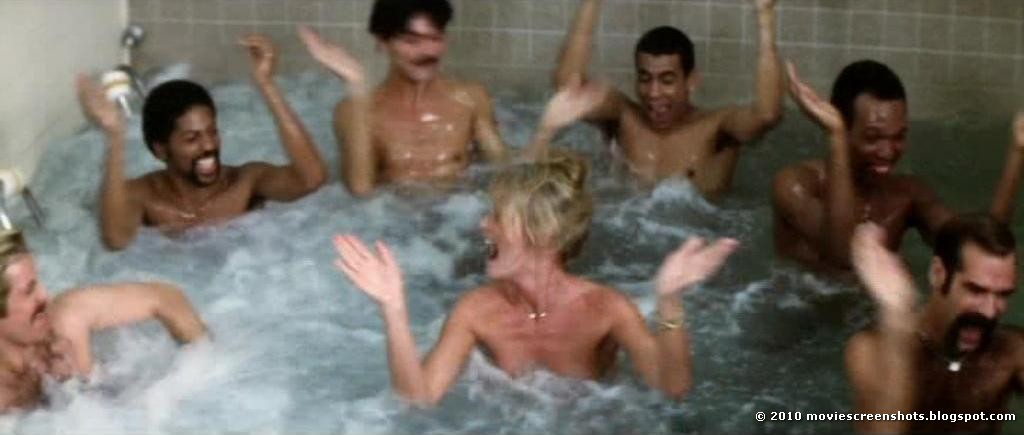
Also co-starring Steve Guttenberg the film is a loose adaptation of the band’s origins and was released to little acclaim when disco was already on the way out. It was a box office flop and is considered one of the (best) worst music biopics ever made. The movie was awarded Worst Picture and Worst Screenplay in the inaugural 1981 Golden Raspberry Awards and was nominated in almost all other categories. The title track, released as part of the movie soundtrack, had moderate radio success but was also nominated for Worst Original Song.
The band appeared in a 1980 episode of The Love Boat with Betty White
Based on a 1974 romantic novel written by a former cruise ship director, The Love Boat was set on board the fictional cruise liner Pacific Princess and featured a cast of regulars playing the roles of the ship’s crew along with weekly guest stars introduced as the ship’s passengers in each episode. It ran for nine seasons from 1977 to 1986 and starred everyone from Andy Warhol to Lana Turner.
The Village People turn up in the b-plot of an episode starring Loni Anderson which revolves around one of the cast regulars becoming involved with a wealthy bachelor who is entering the Acapulco Steeplechase. The band, somewhat bizarrely, appear as owners of a horse in the race.
They are also shown in the iconic opening credits and perform their song Magic Night, taken from the soundtrack to their movie Can’t Stop The Music’ later on during the episode to a roomful of delighted Love Boat passengers including, amongst others, the great Betty White.
In The Navy was nearly used in a recruitment campaign for the United States Navy
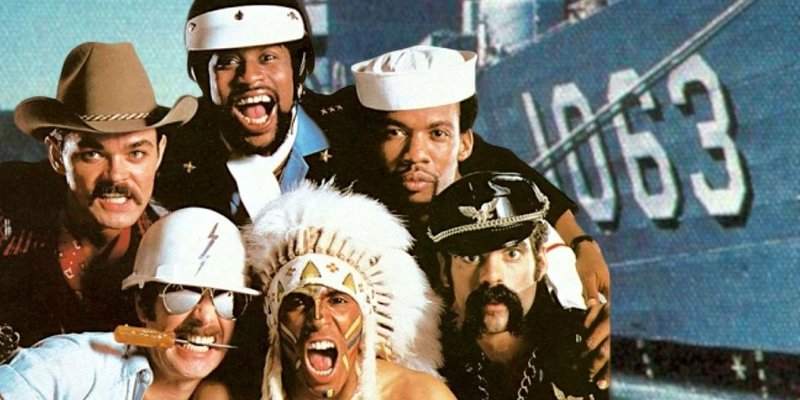 Incredibly it was the US Navy itself who first contacted the group’s manager Henri Belolo with the idea to use the song in an official advertising campaign. As part of the deal agreed with Belolo the video was shot on location at Naval Base San Diego where the band were given access to film on the deck of the USS Reasoner.
Incredibly it was the US Navy itself who first contacted the group’s manager Henri Belolo with the idea to use the song in an official advertising campaign. As part of the deal agreed with Belolo the video was shot on location at Naval Base San Diego where the band were given access to film on the deck of the USS Reasoner.
In the book Macho Man: The Disco Era and Gay America’s “coming Out” by By Randy Jones and Mark Bego its recounted that the Navy not only allowed for the use of the Reasoner but also several F-4 Phantom aircraft and dozens of personnel to make the video as impressive as possible. The band members were even named honorary “members of the United States Navy, with all the rights and privileges, but none of the duties or obligations.”
A former enlisted sailor also interviewed said it took several months with several real sailors even being fitted for classic dress uniforms to appear in the video. “When the Village People first arrived, the leader in the officer’s uniform [Victor Willis] had a raincoat on and his hands in his pockets,” he recalled. “The officer on deck told him to remove his hands, and when he did, a big bag of pot fell on the deck.”
Unsurprisingly perhaps, the Navy decided in the end not to use the video choosing to stick with a more traditional approach.
Donatello is a member of the Village People.
The Teenage Mutant Ninja Turtles, everybody’s favourite anthropomorphic heroes in a half shell have gone through many different incarnations over the years themselves and have been played by a weird and wide range of actors including Corey Feldman and Johnny Knoxville.
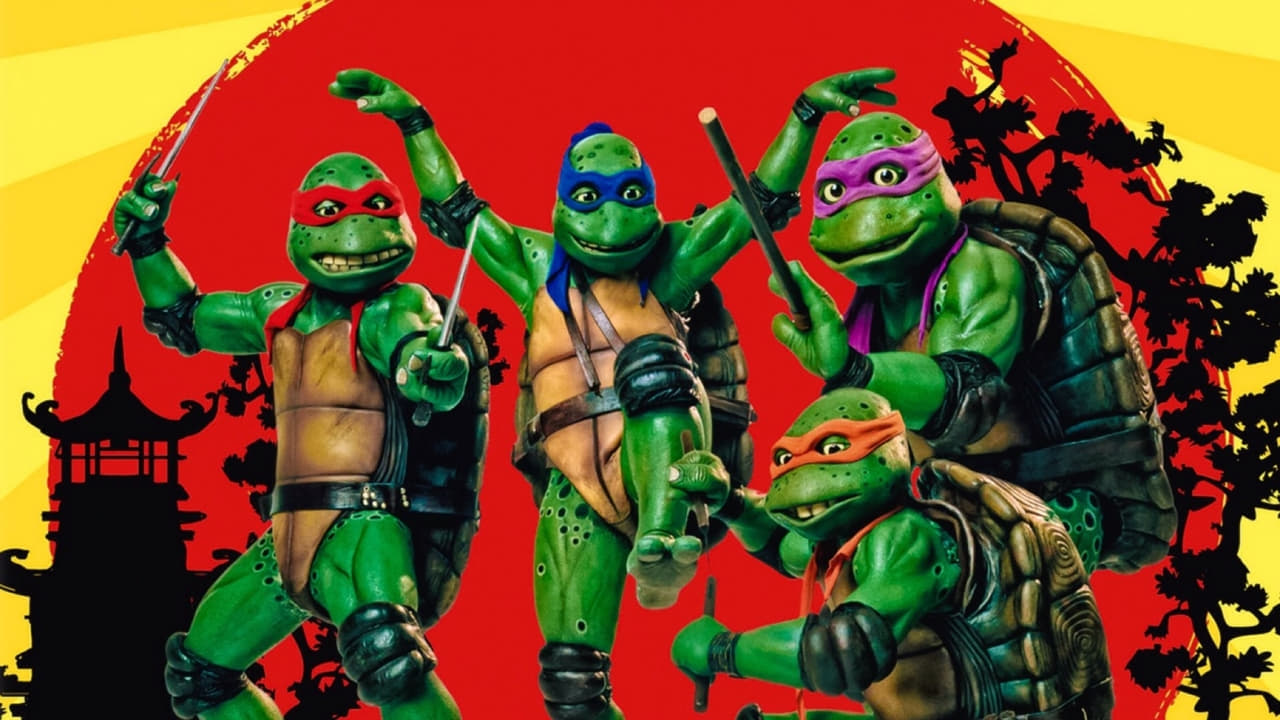
Eric Anzalone who replaced Glenn Hughes in 1995 as the group’s Leatherman/Biker starred as both Donatello and Raphael in various live and screen incarnations including the world tour of Teenage Mutant Ninja Turtles: Coming Out of Our Shells. I’ll leave the obvious jokes about that title to write themselves.
They (very) briefly reinvented themselves as a New Romantic band in the 1980s
After the failure of Can’t Stop The Music the band decided to restyle themselves by riding the New Romantic wave for their 1981 album Renaissance. According to David Hodo:
“They had a couple of people there passing around ideas. The first one was these leather outfits that were monochrome — someone in solid red, someone in solid yellow. They had fringe on them. They were awful. We nixed that one. Then they had these guys trying to convince us of this New Romantic look. That was the better of the two choices.”
The record was neither a critical or commercial success though it did produce their first hit single in Italy, and one of their most unexpected pieces of record sleeve art.
